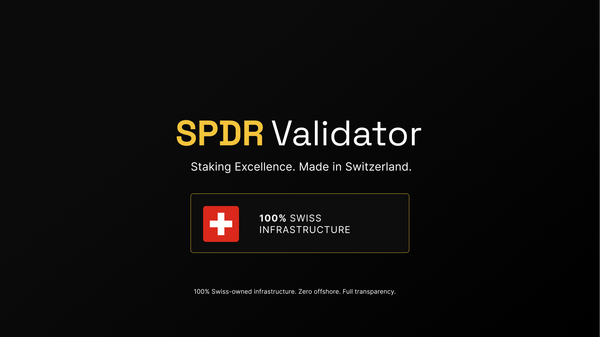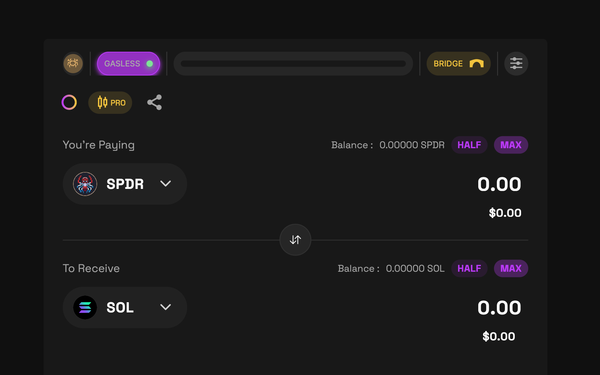Solana vs Ethereum: Smart Contract Structure

Introduction
The blockchain ecosystem is evolving rapidly, and smart contracts have become the backbone of decentralized applications (dApps). Among the leading platforms supporting smart contracts, Ethereum and Solana stand out due to their technological sophistication and strong developer communities. However, they differ significantly in how they structure and execute smart contracts.
This article explores the architectural and functional differences between Solana and Ethereum smart contracts, focusing on their programming environments, execution models, and scalability implications.
Ethereum Smart Contract Structure
1. Core Language and Virtual Machine
Ethereum smart contracts are primarily written in Solidity, a language inspired by JavaScript and C++. These contracts are compiled into Ethereum Virtual Machine (EVM) bytecode, which is executed by every node in the network. The EVM provides a deterministic and sandboxed environment for contract execution, ensuring that the same input always yields the same output.
2. Account Model
Ethereum uses an account-based model, where every user or contract has an account with a balance and storage. There are two types of accounts:
- Externally Owned Accounts (EOAs) – controlled by private keys.
- Contract Accounts – controlled by contract code.
Every smart contract interaction changes the global state, and these changes are processed sequentially. This ensures security and consistency but also contributes to network congestion and high gas fees.
3. Gas and Execution Costs
Each Ethereum transaction consumes gas, a measure of computational effort. This cost model discourages inefficient code but also makes complex smart contracts expensive to run. Ethereum’s transition to Proof of Stake (PoS) via the Ethereum 2.0 upgrade has improved energy efficiency but not fully resolved scalability challenges.
Solana Smart Contract Structure
1. Programming Model and Language
Unlike Ethereum, Solana does not rely on a virtual machine like the EVM. Instead, Solana smart contracts (known as programs) are compiled directly into native machine code using Rust, C, or C++. This allows for faster execution and more control over system-level resources.
2. Account and Data Model
Solana separates code from state. Each program is stateless, and the data it manipulates is stored in separate accounts. These accounts act as containers for persistent data and are passed explicitly into transactions. This model improves parallelization, enabling multiple transactions to run simultaneously if they do not access the same accounts.
3. Execution and Performance
Solana leverages its unique Sealevel runtime, a parallel execution engine that processes thousands of smart contract instructions concurrently. This is a major advantage over Ethereum’s single-threaded EVM model. Combined with its Proof of History (PoH) consensus mechanism, Solana achieves remarkable throughput — often exceeding 65,000 transactions per second (TPS) — with minimal latency.

Conclusion
Ethereum and Solana represent two distinct philosophies of smart contract design:
- Ethereum prioritizes decentralization, security, and developer accessibility.
- Solana emphasizes speed, scalability, and performance optimization.
Choosing between them depends on your project’s priorities. For general-purpose DeFi or NFTs, Ethereum remains a robust choice. For high-frequency, low-latency applications like trading or gaming, Solana offers unmatched performance.
As blockchain technology continues to mature, both ecosystems will likely evolve toward greater interoperability — allowing developers to leverage the best of both worlds.




